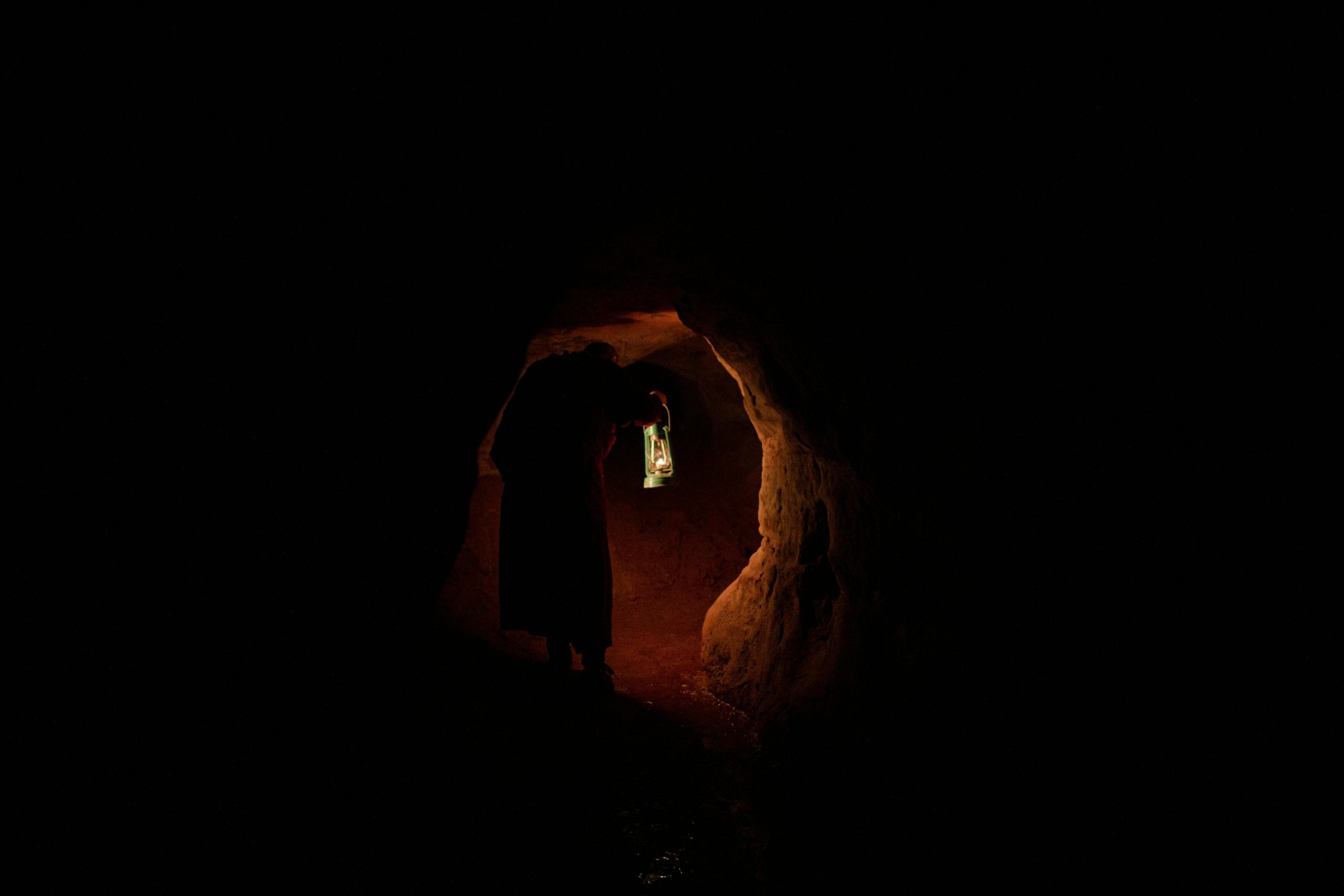Have you ever wondered what lies beneath the Earth’s surface? Spelunking, or cave exploring, offers a thrilling way to uncover the hidden wonders of underground landscapes. From stunning rock formations to ancient fossils, caves are nature’s time capsules waiting to be discovered. But before you grab a flashlight and head underground, it’s essential to understand the basics of safe and responsible spelunking. This guide will walk you through everything you need to know as a beginner, from essential gear to cave etiquette.
What Is Spelunking?
Spelunking, also known as caving, is the recreational exploration of caves. Unlike professional cave diving or scientific expeditions, spelunking focuses on adventure and discovery while prioritizing safety. Caves come in all shapes and sizes—some are easy to navigate with wide passages, while others require crawling through tight spaces or wading through water. Whether you’re drawn to the beauty of stalactites or the mystery of underground rivers, spelunking offers a unique way to connect with nature.
Types of Caves You Might Explore
- Solution Caves: Formed by water dissolving limestone or other soluble rocks.
- Lava Tubes: Created by flowing lava that hardens on the outside while molten rock drains away.
- Sea Caves: Carved by ocean waves eroding coastal cliffs.
- Glacier Caves: Found within ice formations, often temporary due to melting.
Essential Gear for Safe Spelunking
Proper equipment is crucial for a safe and enjoyable caving experience. Unlike hiking, spelunking requires specialized gear to navigate dark, wet, and sometimes unstable environments. Here’s what you’ll need:
Must-Have Equipment
- Helmet with a Headlamp: Protects your head from low ceilings and provides hands-free lighting.
- Backup Light Source: Always carry extra batteries or a secondary flashlight.
- Sturdy Footwear: Waterproof boots with good grip are essential for slippery surfaces.
- Gloves: Protect your hands from sharp rocks and cold temperatures.
- Clothing Layers: Caves can be chilly, so wear moisture-wicking fabrics under a durable outer layer.
Optional but Helpful Gear
- Knee and Elbow Pads: Useful for crawling through narrow passages.
- Dry Bag: Keeps spare clothes and snacks dry in wet caves.
- Map and Compass: GPS often doesn’t work underground, so old-school navigation tools are handy.
Safety Tips for Beginner Spelunkers
Exploring caves can be dangerous without proper precautions. Follow these safety guidelines to minimize risks and ensure a positive experience.
Never Go Alone
Always explore caves with at least one experienced partner. If an accident occurs, having someone to assist or call for help is critical.
Check Weather Conditions
Rain can flood caves unexpectedly. Avoid spelunking during or after heavy rainfall, especially in areas prone to flash floods.
Stay on Marked Paths
Many caves have designated routes for visitors. Straying off-path can damage delicate formations or lead to dangerous areas.
Know Your Limits
If a passage looks too tight or unstable, don’t force it. Claustrophobia and fatigue are real concerns—listen to your body.
Respecting Cave Environments
Caves are fragile ecosystems that take thousands of years to form. As a responsible spelunker, it’s your duty to minimize your impact.
Leave No Trace
- Pack out all trash, including food wrappers and biodegradable items.
- Avoid touching formations—oils from your skin can stunt their growth.
- Don’t disturb wildlife, such as bats, which are crucial to cave ecosystems.
Follow Local Regulations
Some caves require permits or restrict access during certain seasons. Research rules beforehand and respect closures.
Finding the Right Cave for Beginners
Not all caves are suitable for first-timers. Look for these beginner-friendly features:
- Easy Access: Caves with large entrances and minimal crawling.
- Guided Tours: Many show caves offer guided walks with lighting and handrails.
- Well-Mapped Routes: Avoid unmapped or complex cave systems until you gain experience.
Popular Beginner Caves in the U.S.
- Mammoth Cave, Kentucky: The world’s longest cave system with beginner-friendly tours.
- Carlsbad Caverns, New Mexico: Features a massive chamber accessible by elevator.
- Luray Caverns, Virginia: Known for its stunning formations and paved walkways.
Conclusion
Spelunking is an exhilarating way to explore the hidden depths of our planet, but it requires preparation and respect for the environment. By starting with beginner-friendly caves, investing in the right gear, and following safety protocols, you can enjoy this unique adventure with confidence. Remember, caves are timeless treasures—tread lightly, leave no trace, and savor the awe-inspiring beauty beneath your feet. Ready to take the plunge? Grab your gear, find a buddy, and start your underground journey today!
